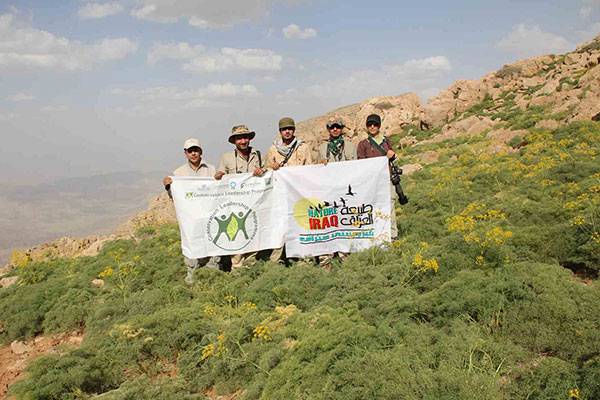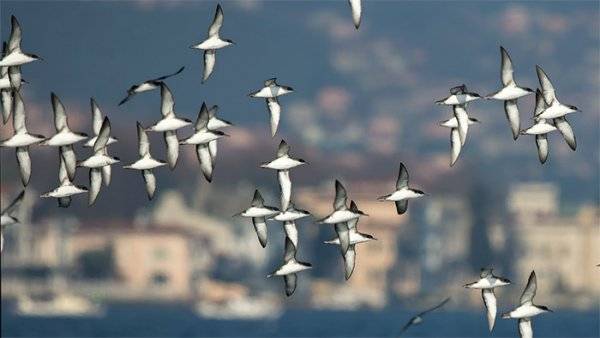Guest blog by Fouad Itani
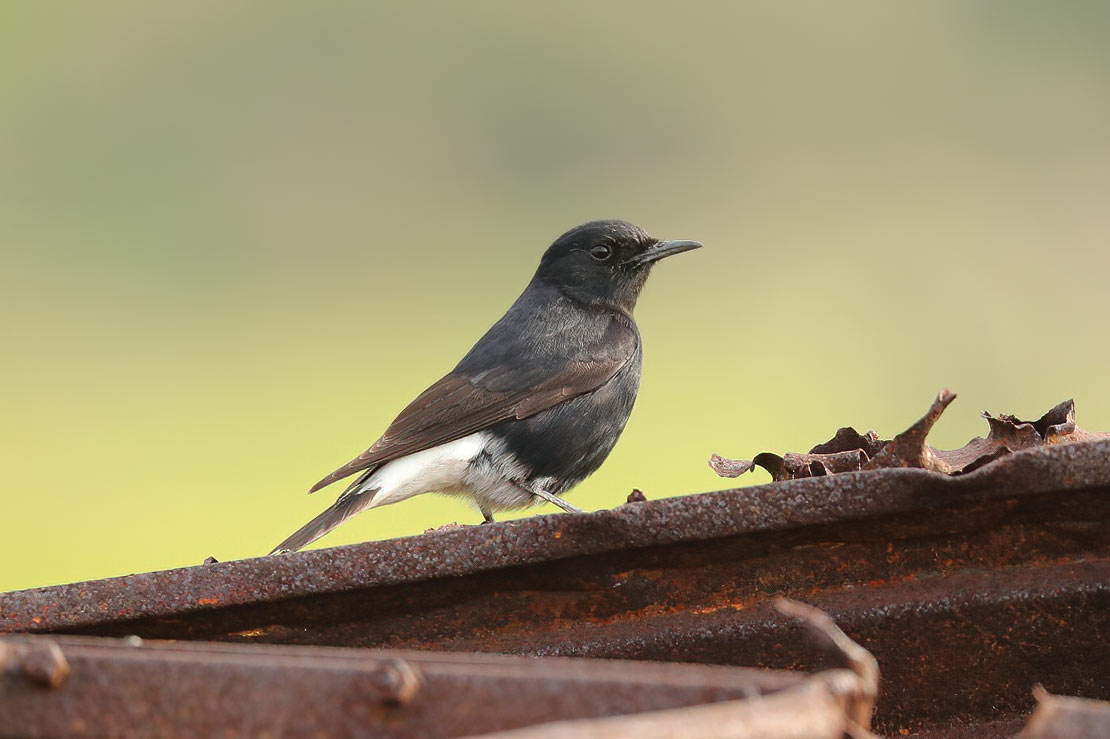
Lebanon has been in the news a lot in the past few years, a refugee crisis following the war in Syria, on-going economic crises and the depreciation of the Lebanese pound, a political crisis (we are yet to form a stable government), the COVID pandemic, the Beirut explosion, on-going protests and the problems caused by historically weak development planning and investment, and on and on…
But there are good times too and the few Lebanese birdwatchers have kept on going birding and recording birds. So much so that in the past 10 years 10 new species were recorded in Lebanon from casual observations by an increasing number of birdwatchers, but unfortunately some illegal hunters as well.
Social media, digital photography and mobile phones are all helping document sightings and in turn raise awareness around birds and there are now several active birders regularly posting sightings. But it is not every day that a vagrant is discovered in the country and even less regularly a country first.
On January 3rd I was having a day out with my family, I got a message from Samer Azar talking excitedly about a White-Eyed Gull that had been discovered by two bird photographers in Tripoli North of Lebanon. Which if it turned out to be true would be country first (it is not included in the Updated checklist of the birds of Lebanon which I co-authored (see Sandgrouse 42, 2020).
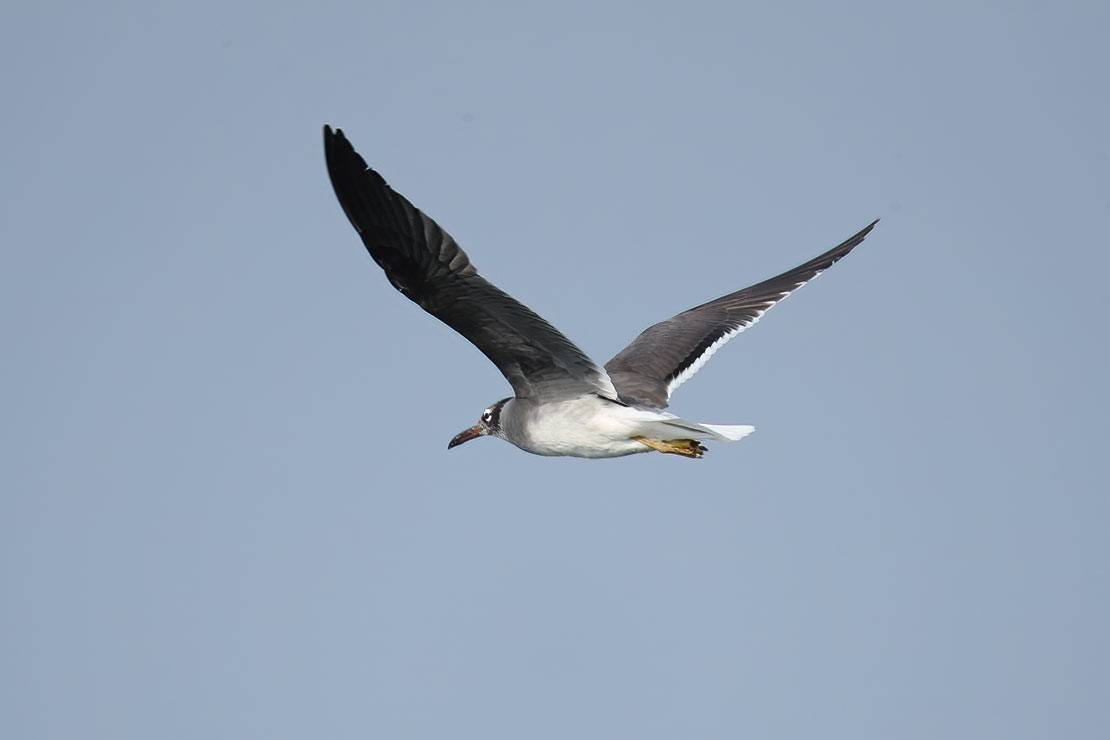
Once back in Beirut I called Samer and we decided to try to twitch and document the Gull. On the morning of January 6, I picked up Samer from Jbeil and headed North towards Tripoli. We arrived at around 8:30 and we started scanning the shore with our binoculars. It wasn’t long before we saw a grey looking bird resting on rocks between a flock of Black-headed Gulls. Bingo! Upperparts colour, long slender bill and white eye-crescents were all distinctive features for that species and confirming the ID. We spent time with the bird and managed to take many photos. We then decided to take a boat for an offshore trip around the Palm Islands where we observed many wintering species including Waders, Gulls, Egrets and Cormorants.
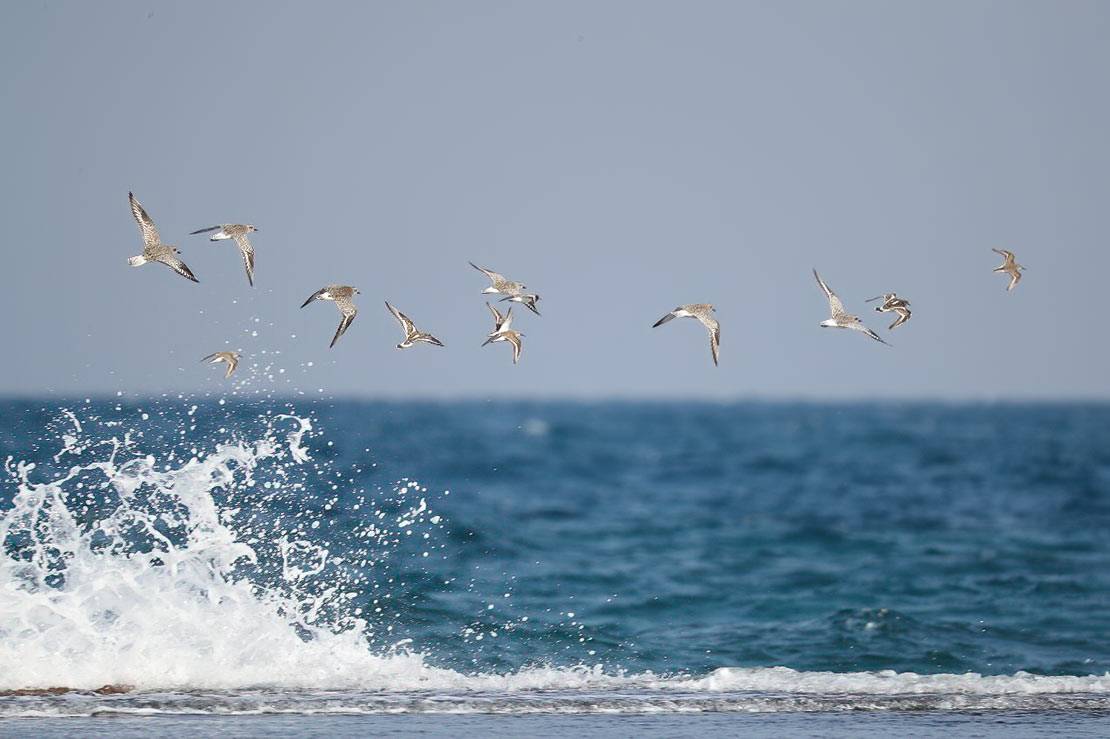
We left Tripoli at noon and took the coastal road towards Jbeil, we made many birding stops until we reached a large green coastal headland with maquis and grass just before the region of Selaata. We recorded many passerines, when out of nowhere something black flew onto a small rock next to my car. We soon realised this was a first winter White-crowned Wheatear! The second vagrant of the day and only the second record of this species for the country. I held the camera to take a shot of the bird, only to see just behind it, soldiers were jogging into our direction. It turned out we were in the middle of a military base! I froze, but wanted to photograph the bird at any cost. Annoyingly, the bird had flushed, but luckily we located where the bird had flown to and waited impatiently until the soldiers turned back. I drove slowly towards the bird where it was standing on the top of an old rusted wagon. Mesmerized by its beauty we started to photograph it, but little did we know that a sergeant and a soldier were approaching us from behind. For a split second I thought we were in trouble and that all of our gear would be confiscated, luckily the sergeant was nice enough to inquire about our discovery and said “we could spend an extra 15 minutes with the Wheatear before the training with live ammo begins”. The Wheatear played his part and was very cooperative allowing us to take many close-up shots.
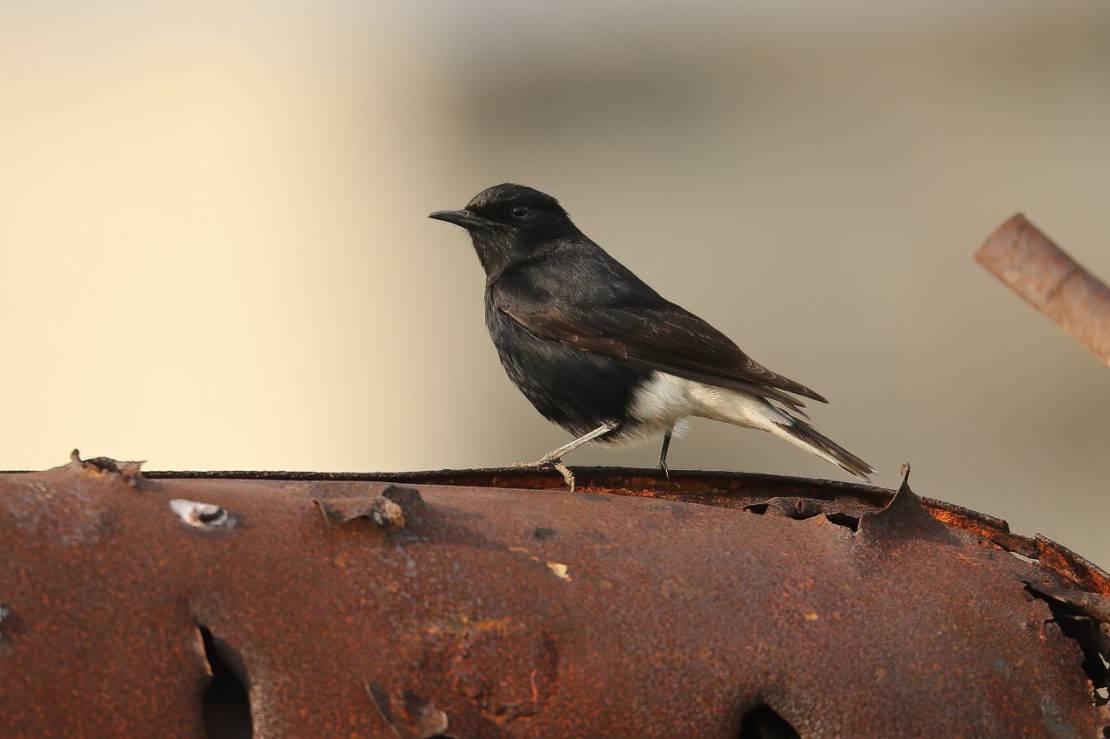
There was MUCH to celebrate. We went in the hope of twitching one vagrant and came back with two. All part of a good day in Lebanon.
One possible reason for the steadily increasing country list is that Lebanon lies on the second most important flyway in the world, the Eastern Mediterranean flyway; this means a good number and variety of birds pass through or winter each year.
Another possibility is that there are now more active Lebanese birders exploring the country who are better equipped with good cameras and field guides, especially apps (i.e. the OSME App in Arabic ). This means local birders can access information that is not available in local book shops. There is also now some friendly competition amongst birders – pushing along the new discoveries. In addition we try to talk to lots of people when we are out birding, the Association for Bird Conservation in Lebanon (ABCL) has run several birding trips for novices and there have been migrant counts by ABCL and OSME in the past couple of years which have all contributed to growing awareness – so hopefully we will get more reports of unusual birds.
I have no doubt that Lebanese birders will continue to make new discoveries and document our birdlife. There is still much to discover, not only new records and vagrants, but also status changes. Several species have been shown through repeated observation to be more regular migrants than previously thought i.e. Crested Honey Buzzard, Ruddy Shelduck and Little Bustard. Also several species have been found breeding for the first time; Goldcrests, European Serins and Great Crested Grebes; Little and Western Cattle Egrets and Squacco Herons. It is intriguing to find out how the avifauna of our country will change in the coming years.
However, not everyone in Lebanon has a love of birds yet, Illegal hunting remains a problem and is without doubt contributing to the extinction of several species that without leadership and decisive action urgently will disappear. These are birds that perform vital services and bring joy to people in many other countries. ABCL and other organisations continue to advocate for real change. I hope with increasing numbers of birders, better access to field guides, apps and information that there will only be more rarities reported in the future.
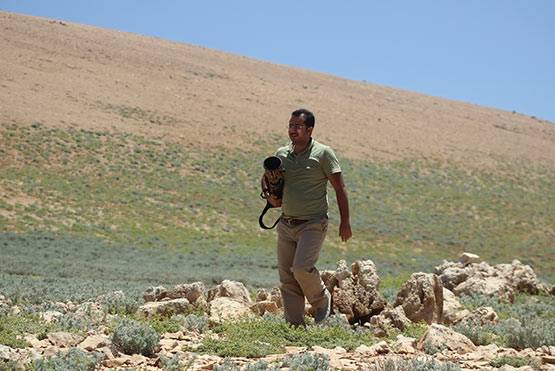
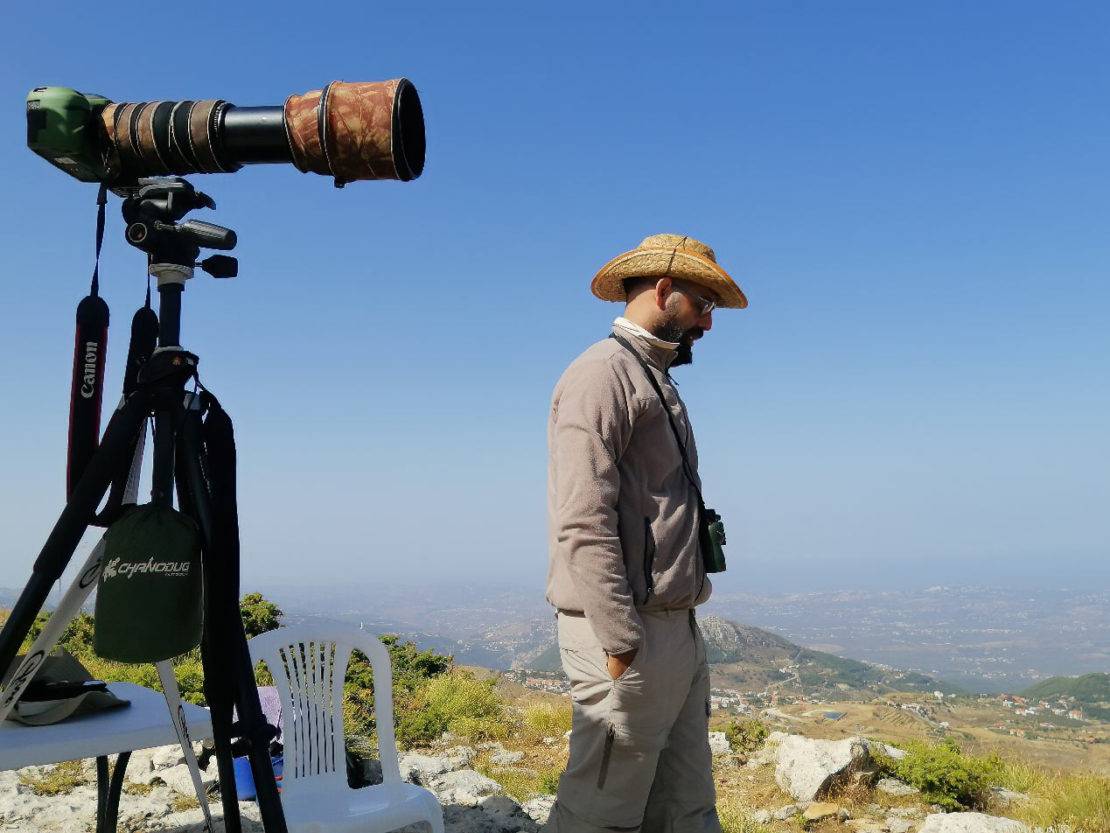
Samer Azar and Fouad Itani both work at the ABCL a local NGO that works for the conservation of birds and their habitats through education, awareness, advocacy, outreach and stewardship. ABCL feels very privileged to have secured the 2021 Trevor Poyser Species Conservation Fund. This will be used to conduct a breeding survey of the Syrian Serin in Lebanon (https://osme.org/2021/01/syrian-serin-supported-by-the-trevor-poyser-species-conservation-fund/). Lastly, thanks to James Hogg for some light editing of this post.

